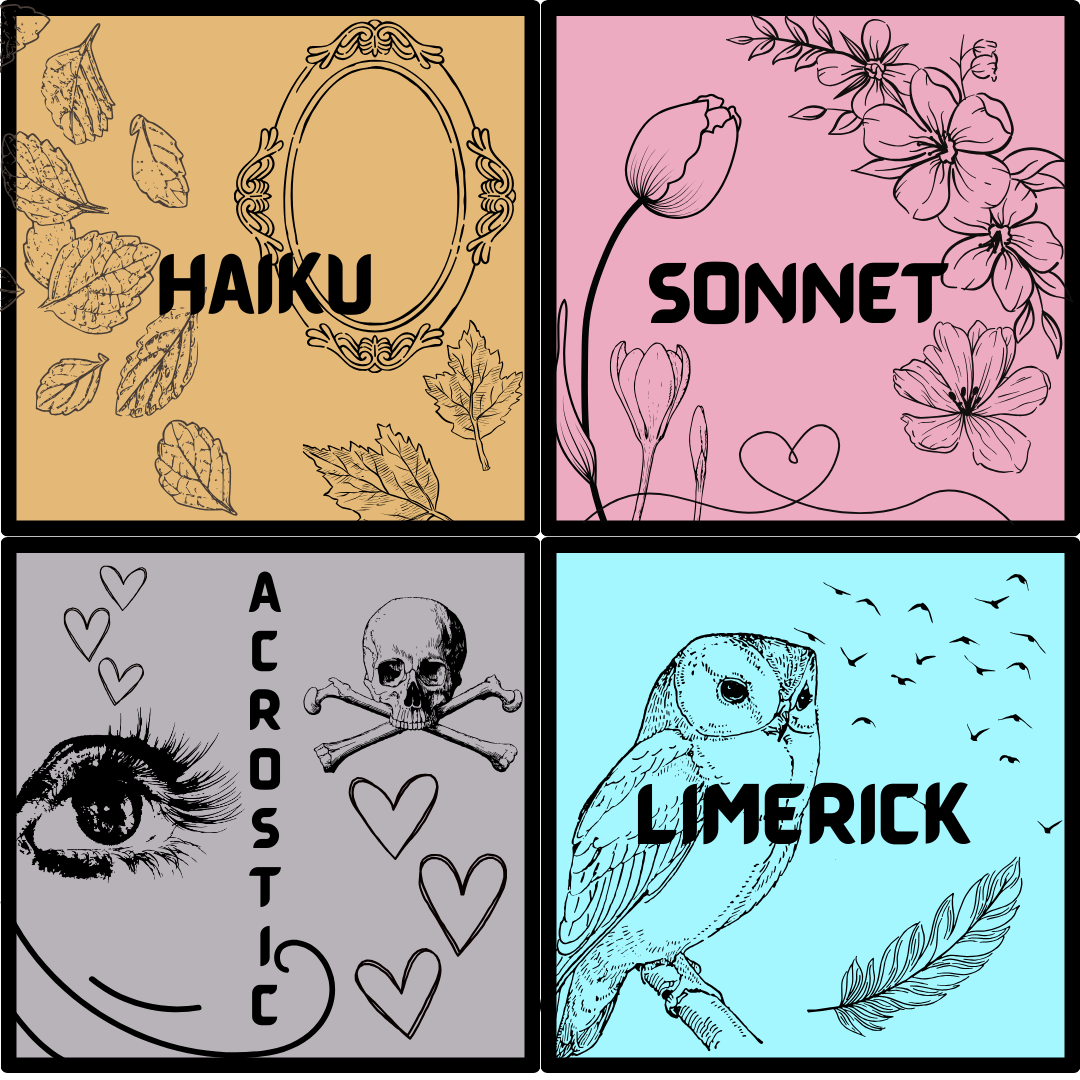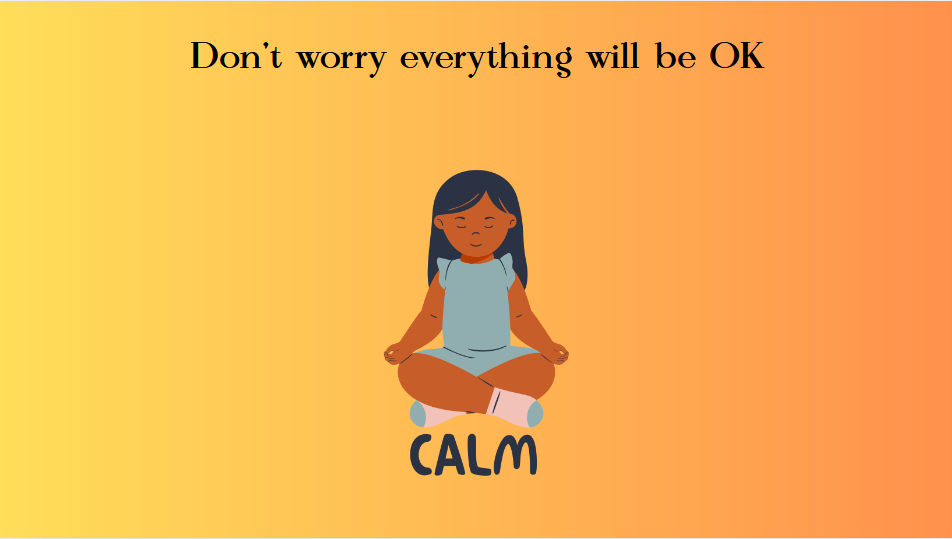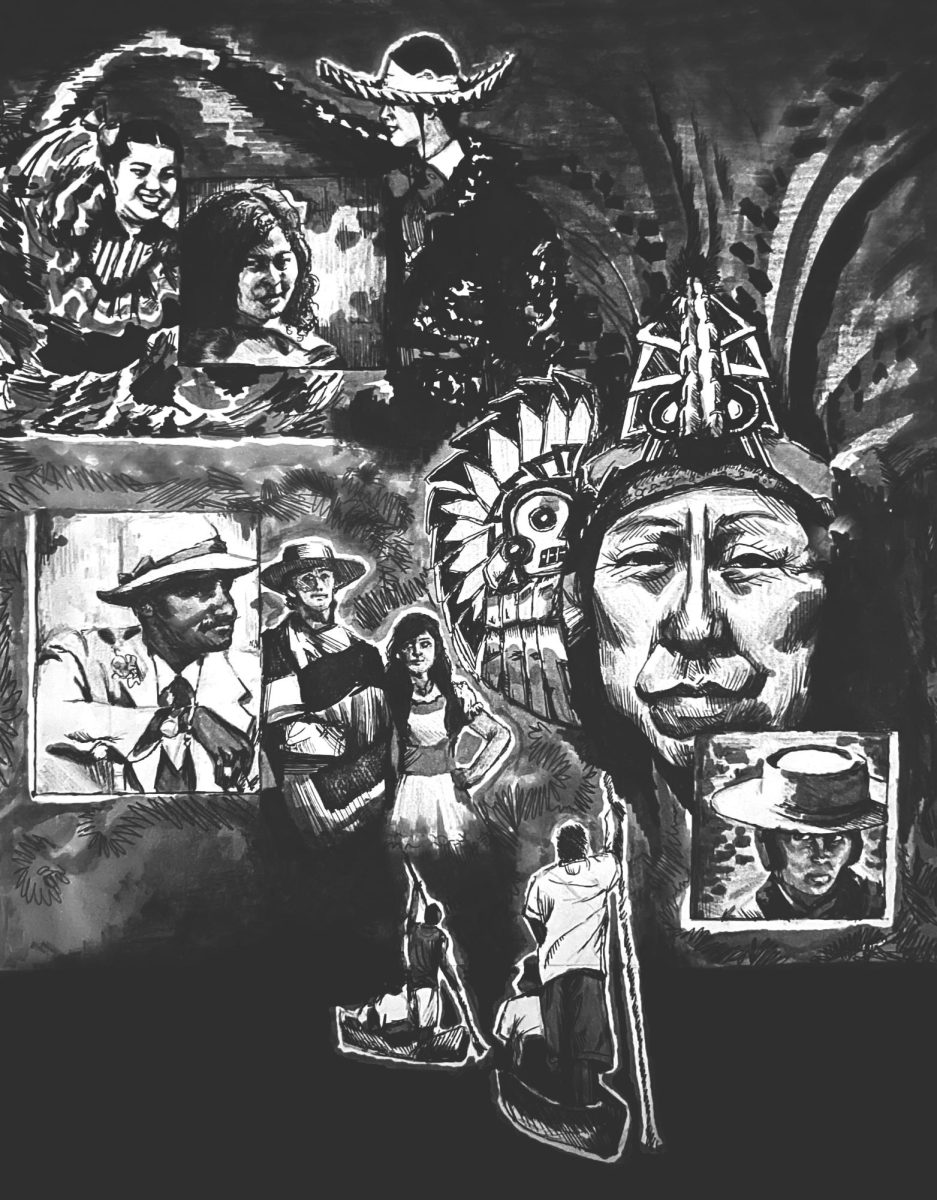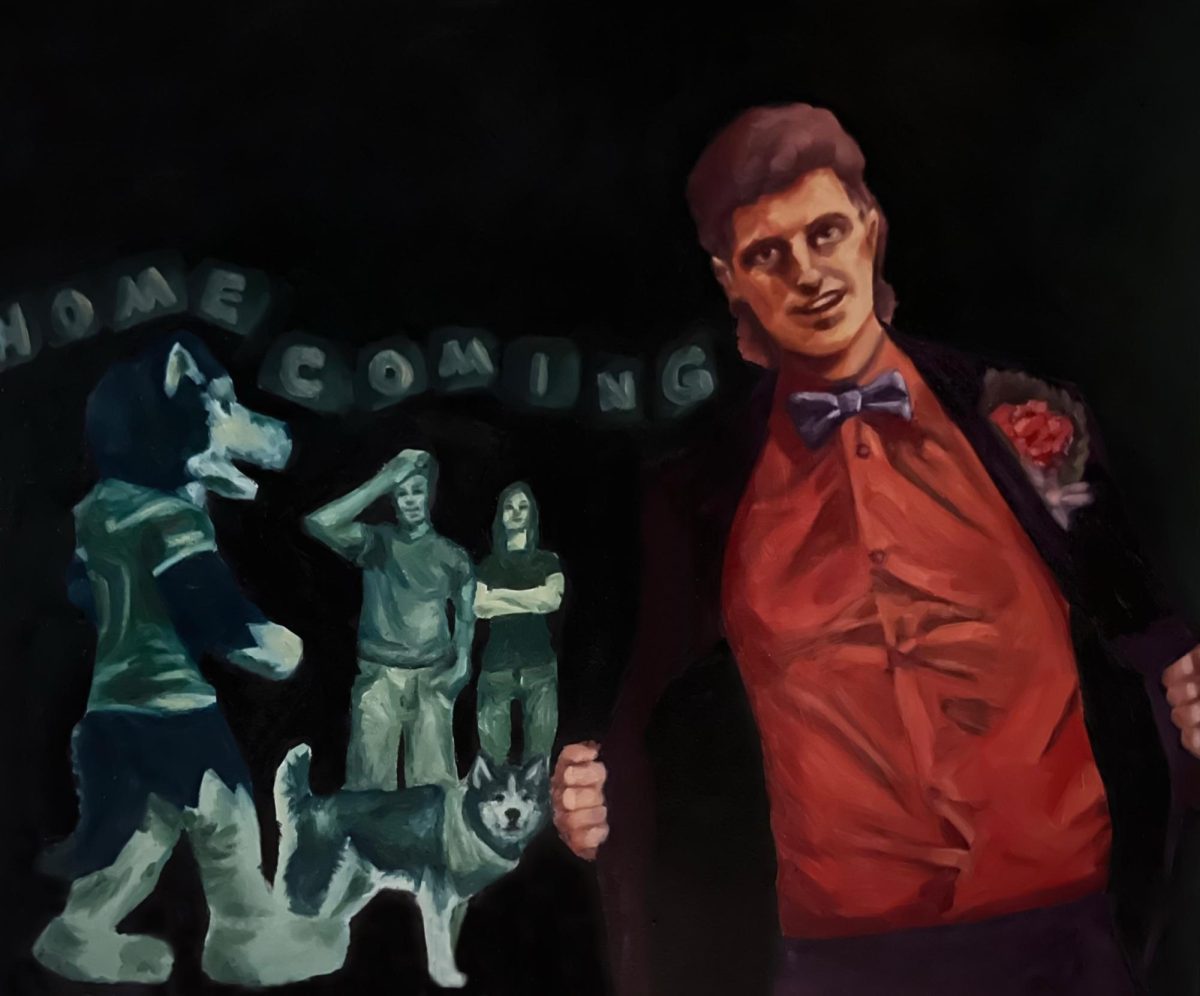National Poetry Month is observed in April, honoring the beauty and significance of poetry for aspiring poets and literary fans. The Academy of American Poets founded this month-long celebration in 1996 to celebrate poetry’s enormous effect on our lives and society.
National Poetry Month also honors poets with a lasting mark on literature. April provides an opportunity to celebrate the writings of famous poets including Maya Angelou, Edgar Allen Poe, Emily Dickinson and others whose words inspire people worldwide.
National Poetry Month aims to get individuals of all ages to enjoy poetry. Public spaces like libraries, schools and museums often organize poetry readings and discussions to broaden people’s exposure to and appreciation of the art form. Whether students write their own poems or simply like to read them, what is the best type of poem?
HAIKU:
The ancient Japanese poetry form of the haiku – formerly hokku – has achieved worldwide recognition. Famously brief, haikus are composed of just three lines or tercets; the first two lines have five syllables each, while the second line contains seven. Typically crafted to express a certain feeling or event, haikus don’t need to rhyme.
Matsuo Bashō, Yosa Buson, Kobayashi Issa, Masaoka Shiki, Takahama Kyoshi and Kawahigashi Hekigotō were among the influential haiku poets. Most people consider Bashō to be the most significant haiku poet and the one who made the form widespread in the 17th century. Outside of Japan, poets such as Ezra Pound and T.E. Hulme created haiku in English, according to Britannica.
“First autumn morning:
the mirror I stare into
shows my father’s face”
By: Murakami Kijo
SONNET:
Originally from Italy, sonnets are a set style of poetry with 14 lines that rhyme in a certain pattern, most often using iambic pentameter. The sonnet stands out among Western poetry forms because it has been popular with prominent poets for 500 years.
The poet Petrarch created the most popular sonnet form in the 14th century. The typical Petrarchan, or Italian, sonnet begins with an eight-line octave — rhyming abbaabba — that states a problem, asks a question or expresses emotional tension, followed by a six-line sestet, of varying rhyme schemes, that resolves the issue. Shakespearean, or English, sonnets emerged as a second main sonnet form, which Elizabethan authors adapted from Italian sonnets. A rhymed couplet follows three quatrains with separate rhyme schemes, according to Britannica.
“Shall I compare thee to a summer’s day?
Thou art more lovely and more temperate:
Rough winds do shake the darling buds of May,
And summer’s lease hath all too short a date…”
By: William Shakespeare, first quatrain of “Sonnet 18”
ACROSTIC:
Acrostic poetry is a brief kind of poetic writing where the first letters of each line, when read in sequence, make words. A combination of the Greek terms “akros,” meaning “at the end,” and “stichos,” meaning “line” or “verse,” is where the English word originates from.
The term referred to the leaf-based predictions of the Erythraean Sibyl, a prophetess in Greek legend and literature. These prophecies were structured so that the first letters of each leaf constituted a word. The Latin writers Ennius and Plautus, whose works often used acrostics in the titles of their arguments, were among the numerous authors who used acrostics throughout the Alexandrine era, including the Greeks. Not only Renaissance Italians and Middle High Germans loved acrostics, but so did medieval monks, according to Britannica.
“Elizabeth it is in vain you say
‘Love not’ — thou sayest it in so sweet a way:
In vain those words from thee or L. E. L.
Zantippe’s talents had enforced so well:
Ah! if that language from thy heart arise,
Breathe it less gently forth — and veil thine eyes.
Endymion, recollect, when Luna tried
To cure his love — was cured of all beside —
His folly — pride — and passion — for he died.”
By: Edgar Allan Poe, “An Acrostic”
LIMERICK:
Limericks are a popular kind of short, comedic poetry that is often risqué and nonsensical. It has five lines that rhyme with each other in the pattern aabba, and the meter that predominates is anapestic, with three feet in the first two lines and the last and two feet in the third and fourth.
Around 1820, the earliest anthologies of limericks published in English appeared. The nursery rhyme “There Was an Old Man of Tobago” inspired Edward Lear, who wrote and illustrated them in his “Book of Nonsense” in 1846. The genre became popular in the early 20th century, and publications and businesses conducted limerick contests, according to Britannica.
“There was an Old Man with a beard,
Who said, ‘It is just as I feared!–
Two Owls and a Hen,
Four Larks and a Wren,
Have all built their nests in my beard!’”
By: Edward Lear, limerick from “Book of Nonsense”
Results from last week’s poll: Which art movement is most inspiring?
Dada — 11%
Surrealism — 56%
Abstract Expressionism — 22%
Pop Art — 11%














